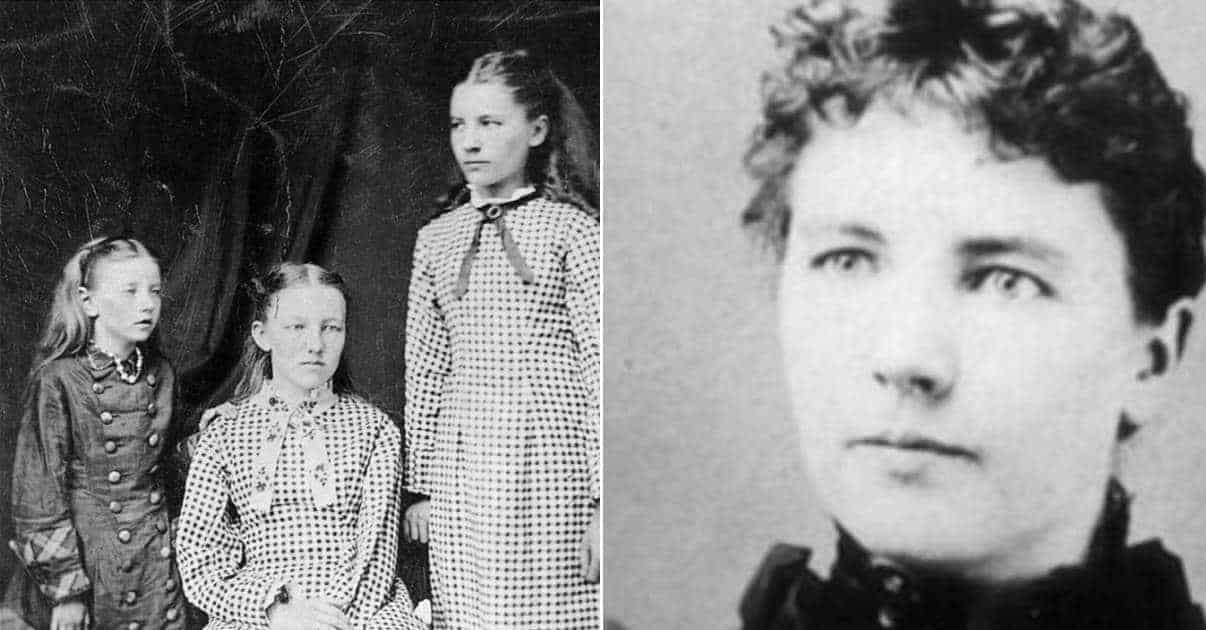Laura Ingalls Wilder is known as the author of the “Little House” children’s book series. She is also widely known as one of the main characters from the 1970s and 1980s television show Little House on the Prairie, where she was portrayed by Melissa Gilbert. Laura Ingalls Wilder was born on February 7, 1867, outside of Pepin, Wisconsin. She joined her parents, Charles and Caroline, along with her older sister, Mary. Later, the family would be joined by two other daughters, Carrie and Grace, and a son, Charles Jr., who would die at the age of 9 months.
As the books and television series show, Laura lived the life of a pioneer girl. As a child, Laura and her family moved throughout the Midwest several times. Besides Walnut Grove, Minnesota, which is the location of the television series, they lived in Iowa, Kansas, and the Dakotas. While Laura said the books spoke the complete truth of her life, there is a lot of speculation that she fabricated some of her stories. Furthermore, the Little House on the Prairie television series, which is still popular today, left out a lot of facts about the life of Laura Ingalls Wilder. Here are ten real-life facts about Laura and her Prairie.


Pioneer Girl
Laura’s first attempt at publishing was her autobiography titled Pioneer Girl, and while the book was rejected by publishers, there is no better title to explain the life of Laura Ingalls Wilder. While she was growing up, the Ingalls family moved throughout the Midwest. They first moved from Wisconsin to Chariton County, Missouri in 1869 but by 1870, they were living near Independence, Kansas, where they spent a year. According to the Federal Census of 1870, “the Lands belonged to the Osage Indians and the settlers had no title for said lands.”
After Laura’s younger sister, Carrie, was born the family was evicted from their land in Kansas. They headed back to Wisconsin, where they stayed for about three years. This is one of the first fictional areas in a couple of Laura’s “Little House” books. In reality, Laura lived in Kansas from the ages of two to four and in Wisconsin from the ages of four to seven. However, in her book, Little House in the Big Woods, she was aged four to five and six to seven in Little House on the Prairie.
Another difference between the books and Laura’s pioneer life is moving to Walnut Grove, Minnesota. In the book, On the Banks of Plum Creek, Laura writes they moved to Minnesota from Kansas. However, they moved there from Wisconsin. It was in Walnut Grove where they lived in a dugout through the first winter. In the Little House on the Prairie television series, Laura grows up in Walnut Grove. But in real life, the family only lived there through two failed crops before they relocated to Burr Oak, Iowa.
It was on their way to Iowa when Laura’s only brother, Charles Jr., was born on November 1, 1875, and died on August 27, 1876. Instead of farming, Charles and his family helped run a hotel in Iowa. The family also welcomed the youngest member of the Ingalls clan, Grace, who came into this world on May 23, 1877. Once again, the family would move back to Walnut Grove, where Charles became the justice of the peace and worked as a butcher. However, their second time here would be shorter than the first time.
In 1879, Laura and her family would move to De Smet, which was at the time located in Dakota Territory. Laura, who married Almanzo in 1885, would stay in the De Smet area until between 1890 and 1891. It was then they moved to Minnesota and then to Florida to seek help for Almanzo’s health. They would return to De Smet in 1892, but only for a couple of years. In July of 1894, Laura and her family would move to their final home. Rocky Ridge Farm was purchased by the family in August of 1894 and this is where Laura and Almanzo lived out their lives.

